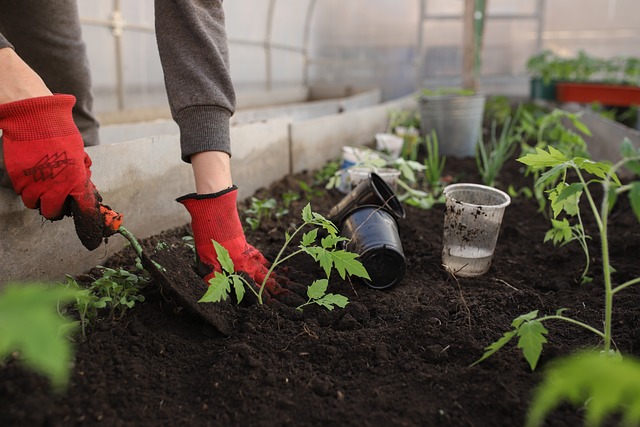Embracing Eco-Friendly Practices in Your Home Garden
Creating a sustainable home garden is a rewarding way to contribute positively to the environment while enjoying the beauty and bounty of nature. This guide offers insights into eco-friendly gardening practices, emphasizing the use of safe equipment and the significance of having an emergency medical cabinet on hand for minor injuries.
Implementing Sustainable Gardening Techniques
Choosing Organic and Native Plants
Start your sustainable garden by selecting organic and native plants. These plants are adapted to local conditions, requiring less water, fertilizer, and pest control. By choosing native species, you support local ecosystems and biodiversity, creating a garden that’s not only beautiful but also environmentally conscious.
Composting and Natural Fertilizers
Composting kitchen scraps and garden waste is an excellent way to reduce landfill waste and create nutrient-rich soil for your garden. Using natural fertilizers instead of chemical ones not only nourishes your plants but also keeps your garden ecosystem safe and healthy.
Safety Measures in Garden Maintenance
The Role of Safe Gardening Equipment
Safety is paramount in garden maintenance. Invest in high-quality, durable gardening tools that are designed to minimize strain and injury. Regular maintenance of your tools, including sharpening and cleaning, can prevent accidents and make gardening more efficient.
If you live in a very cold region and have an artic like climate, you will need more specialized gardening tools.
The Importance of a First Aid Cabinet
It’s essential to have an emergency medical cabinet readily accessible in your garden area. This cabinet should be stocked with basic first aid supplies to handle minor cuts, scrapes, or insect bites that can occur while gardening. Keeping a well-equipped first aid cabinet in a convenient location ensures quick and effective treatment of any minor injuries, making your gardening experience safer.
Eco-Friendly Garden Maintenance Practices
Water Conservation Strategies
Efficient water use is crucial in sustainable gardening. Implementing drip irrigation systems, collecting rainwater, and choosing drought-tolerant plants are effective ways to conserve water in your garden. These strategies not only save water but also reduce your environmental footprint.
Using Eco-friendly Pest Control
Instead of chemical pesticides, opt for natural pest control methods. Introducing beneficial insects, using barriers and traps, and planting pest-repelling plants are eco-friendly ways to manage garden pests. These methods protect the environment and maintain the natural balance of your garden ecosystem.
Enhancing Safety and Sustainability in Garden Design
Garden Layout for Safety and Accessibility
When designing your garden, consider safety and accessibility. Create clear paths to avoid tripping hazards, and ensure that your gardening areas are easily reachable. This thoughtful planning not only makes your garden more enjoyable but also safer for everyone involved.
Additional Tools
While not a typical garden tool, having an explosion-resistant vacuum cleaner in your home can be vital, especially if you engage in DIY projects that could produce flammable dust. These vacuum cleaners are designed to safely collect potentially combustible materials, adding an extra layer of safety to your home environment. Discuss this beneficial addition with your leading home insurance provider to ensure comprehensive coverage and peace of mind. Seeking their advice guarantees you effectively utilize your coverage for increased protection in unforeseen events surrounding your home and garden.
Conclusion
Creating a home garden that’s both eco-friendly and safe is more than just a gardening project; it’s a step towards a healthier and more sustainable lifestyle. This involves adopting green practices, choosing the right equipment for safety, and planning your garden’s layout and upkeep with care. It’s not just about growing plants; it’s about building a harmonious, green retreat for you and the surrounding wildlife. Every plant you tend to and every environmentally conscious choice you make helps shape a serene and sustainable haven in your own backyard.



